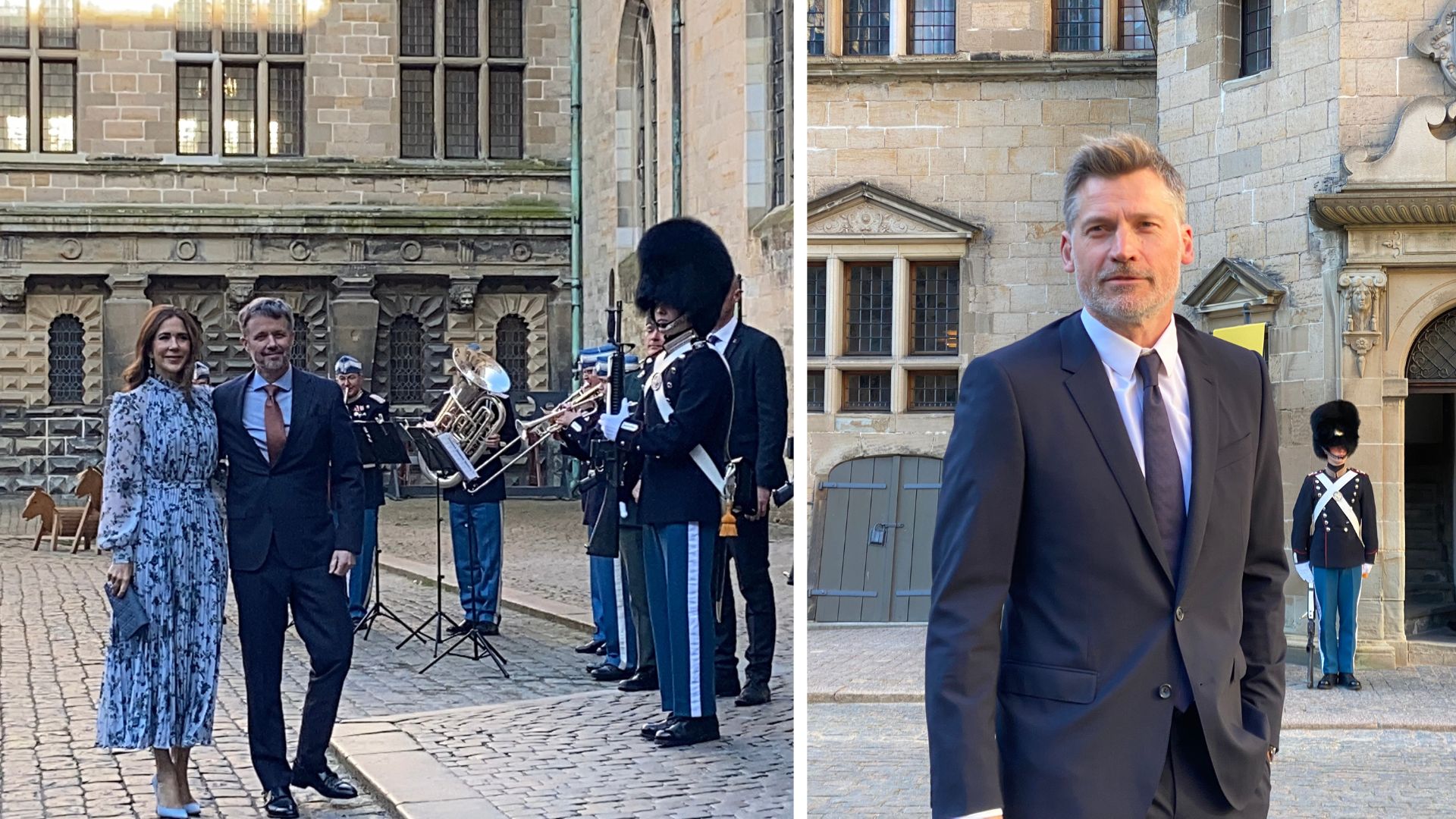Skipper’s loose in Lolland?
No, not Pernille, the former Enhedslisten leader … Skippy!
That’s right. On Monday morning a motorist driving on Lolland got a bit of a surprise when he encountered a kangaroo.
The driver recorded a video of the animal in a field close to the road (see below).
Police suspect it is a repeat offender
This isn’t the first sighting of a kangaroo in the last couple of weeks.
The police – obviously some of their top investigators are involved in this case – think it might be the same animal every time.
They have posted a message for the owner to contact them so they can try to catch it. Concerns are growing it could cause a road accident.
No ‘One of our kangaroos is missing’ alerts
Nearby Knuthenborg Safari Park has been contacted by the police, but it is not missing any kangaroos.
So if you are missing a kangaroo – it’s easy to misplace them, after all – or know anyone who is, the police would like to hear from you on 114.
Government has new plans to protect Danish nature
The government has announced new plans concerning the Natura 2000 protected nature areas. “For the largest of them (over 1,000 hectares) nature must be wilder and take care of itself, instead of being controlled by us humans,” explained the environment minister, Lea Wermelin. The plan is in line with other plans, such as designating more forest areas as ‘untouched forest’, such as in the Kalø Forests. The results will not be seen immediately but should be visible in ten years.
Hundreds of dead birds washing up on Danish island
Ornithologist Kim Fischer recently collected 200 dead seabirds in one week on the west coast of Fanø. As one of the initiators of the private Clean Beach Fanø campaign, he takes daily walks along the coastline to keep an eye on the seabirds that drift ashore. According to him the dead birds are extremely thin and probably dying of starvation. The same phenomenon has been seen on the beach between Grenen and Nordstranden in Skagen. One of the reasons could be that the sea ecosystem is changing due to the rising temperature of the water. This leads to a decline in small water fleas and therefore less small fish that the birds can eat. Fischer will keep the common guillemots he has found dead. Expert at Aarhus University will check if their death has anything to do with plastic pollution. The other dead seabirds will be destroyed.
Extremely rare moss found in Denmark for the first time since 1978
Researchers from the University of Copenhagen have discovered a rare type of moss in Maglemosen in the Gribskov National Nature Park – a variety that has been seen in Denmark since 1978. The liverwort species is called ‘Common Stringleaf’ even though it is not that common. In fact, it is so rare it is on the European ‘red list’ of ‘nearly extinct’ species. Lars Rudfeld, a project developer at the National Park of Kings of North Zealand, says that Maglemose has many different types of moss. This makes it complicated to spot the common stringleaf.
White-tailed eagle making a remarkable comeback
With its long coastline and its many bird-rich sea areas and lakes, Denmark is a perfect landscape for sea eagles. Last year, 152 breeding pairs of white-tailed eagles were counted. Together, they had 153 chicks. The number is twice as high as expected 20 years ago when Project Golden Eagle was started. Ole Friis Larsen, the species caretaker for sea eagles in Denmark, explains that they are still filling the gap left by their absence. The Maribo Lakes is the first place where they settled. The male in one of the two breeding pairs is the same as in the mid-1990s. He’s now 31 years old and still breeding.
Golden jackal spotted in Denmark
Last week, Jørn Bøgen, the regulation hunter and predation co-ordinator in the Wadden Sea National Park, got lucky. He witnessed a rare sight of a golden jackal. Just like the wolf, it has started to come back to Denmark in recent years. It is not an invasive species but rather a protected one. The golden jackal is confusingly similar to a wolf, although there are several visible differences: a golden jackal weighs less and has a large, bushy tail.
Insect biodiversity easier to monitor
Although a lot depends on them, insects have been struggling in recent decades. An estimated 40 percent of all species are in decline to the extent that a third are threatened. This justifies the importance of monitoring insect biodiversity, but until now the task has been rather difficult. Researchers at the University of Copenhagen have developed an AI that recognises and registers individual insects’ wingbeats using sensor measurements. The AI can tell the scientists about the diversity of species in a nature area without having to catch them and count them by hand. “The sensor records the insect that has flown into the light source. The algorithm then uses the insect’s wingbeats to classify it in the right group of species,” explains Raghavendra Selvan from the Department of Computer Science, who has led the development of the AI.












